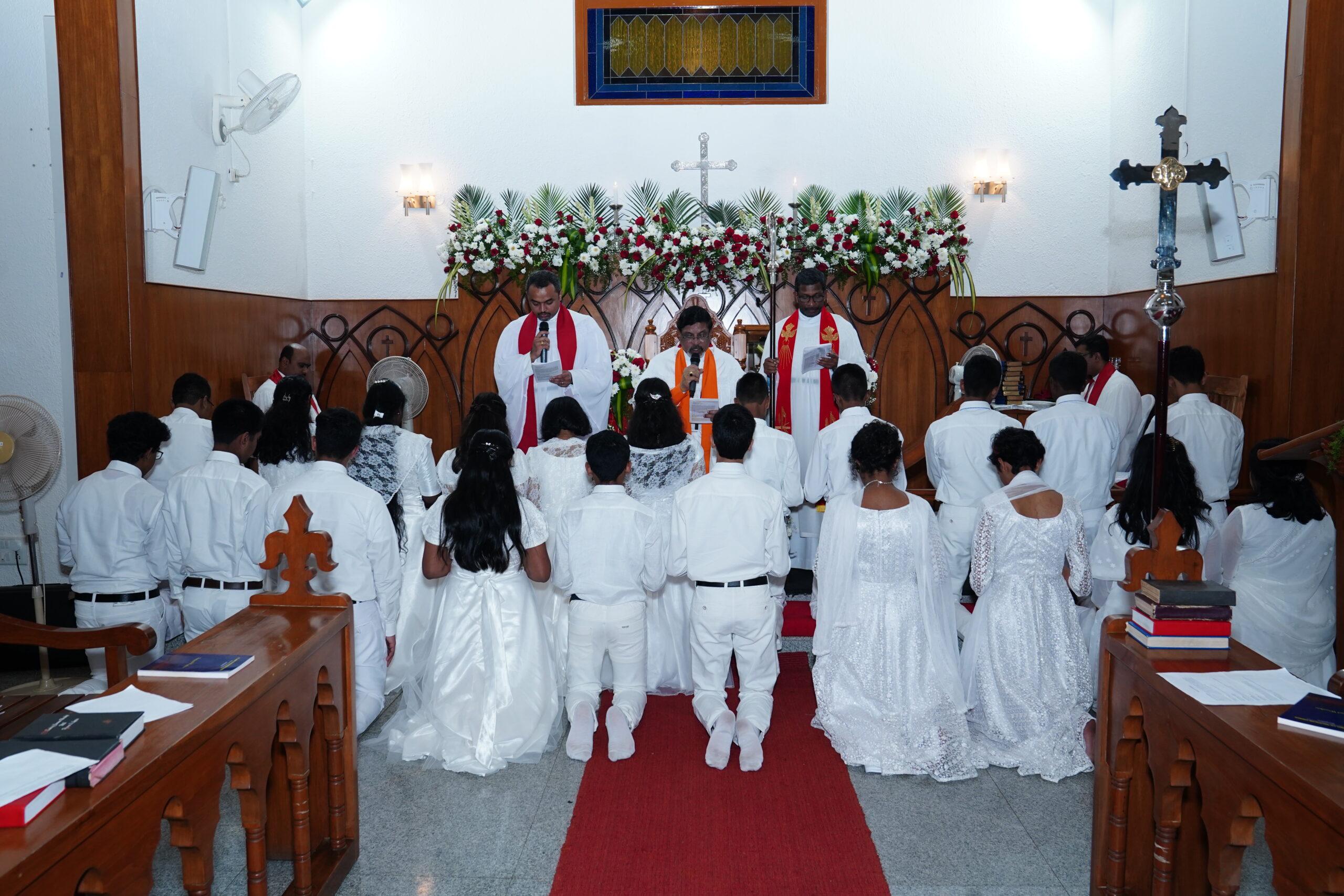
Message for the month...
Greetings in the name of our Lord and Saviour Jesus Christ,
As this new academic year begins, our children are heading back to school. I extend my best wishes to all the students and the dedicated teachers who will be imparting knowledge throughout the year. May God bless them with the wisdom to excel and achieve high marks in all subjects.
In our contemporary world, the word “fear” often carries a negative connotation. It conjures images of dread, anxiety, and apprehension. However, the biblical concept of the “fear of the Lord” is vastly different and rich with spiritual significance.
Understanding the Fear of the Lord
The “fear of the Lord” refers to a reverential awe and respect for God, recognizing His supreme power, holiness, and righteousness. It is the acknowledgment of God’s majesty and an understanding of our position in relation to Him. This kind of fear is not about being terrified but about being in awe of God’s greatness, love, and justice.
The Beginning of Wisdom
Why is the fear of the Lord the beginning of wisdom? True wisdom is more than knowledge or intelligence; it is the ability to apply Godly principles in our daily lives. This wisdom begins with a proper relationship with God. It starts when we realize our dependence on Him, submit to His will, and live according to His statutes.
When we fear the Lord, we begin to see the world through His eyes. We understand the eternal significance of our actions, make decisions based on His word, and prioritize His commands over our desires. This fear leads us to humility, for we recognize our limitations and God’s boundless wisdom.
The Path to Understanding
Proverbs 9:10 also emphasizes that knowledge of the Holy One is understanding. Knowing God personally transforms our lives. This knowledge is not merely intellectual but experiential. It comes from a deep, intimate relationship with God, nurtured through prayer, meditation on Scripture, and obedience to His commandments.
Living in Reverent Fear
How can we cultivate and live in the fear of the Lord daily?
Prayer: Regular, sincere prayer aligns our hearts with God’s will and reminds us of His presence in every aspect of our lives.
Scripture Study: The Bible is a treasure trove of wisdom. By immersing ourselves in God’s Word, we learn His ways and understand His desires for us.
Obedience: Obeying God’s commandments, even when it’s difficult, demonstrates our reverence and trust in His wisdom.
Community: Engaging with a community of believers provides support, encouragement, and accountability as we seek to live in reverence before God.
The Blessings of Wisdom
Walking in the fear of the Lord and growing in wisdom bring countless blessings. We gain a deeper peace, knowing we are aligned with God’s purpose. We experience His guidance, making our paths straight and our decisions sound. Most importantly, we draw nearer to God, becoming more like Christ in our thoughts and actions.
Conclusion
As we continue our spiritual journey, let us embrace the fear of the Lord as the foundation of our wisdom. Let us strive to know Him more intimately and live according to His divine principles. In doing so, we will not only grow in wisdom but also reflect God’s glory to the world around us.
May the Lord bless you with a heart that seeks Him and a spirit that reveres His holy name.
Rev Ebin K.P.
Presbyter in charge







